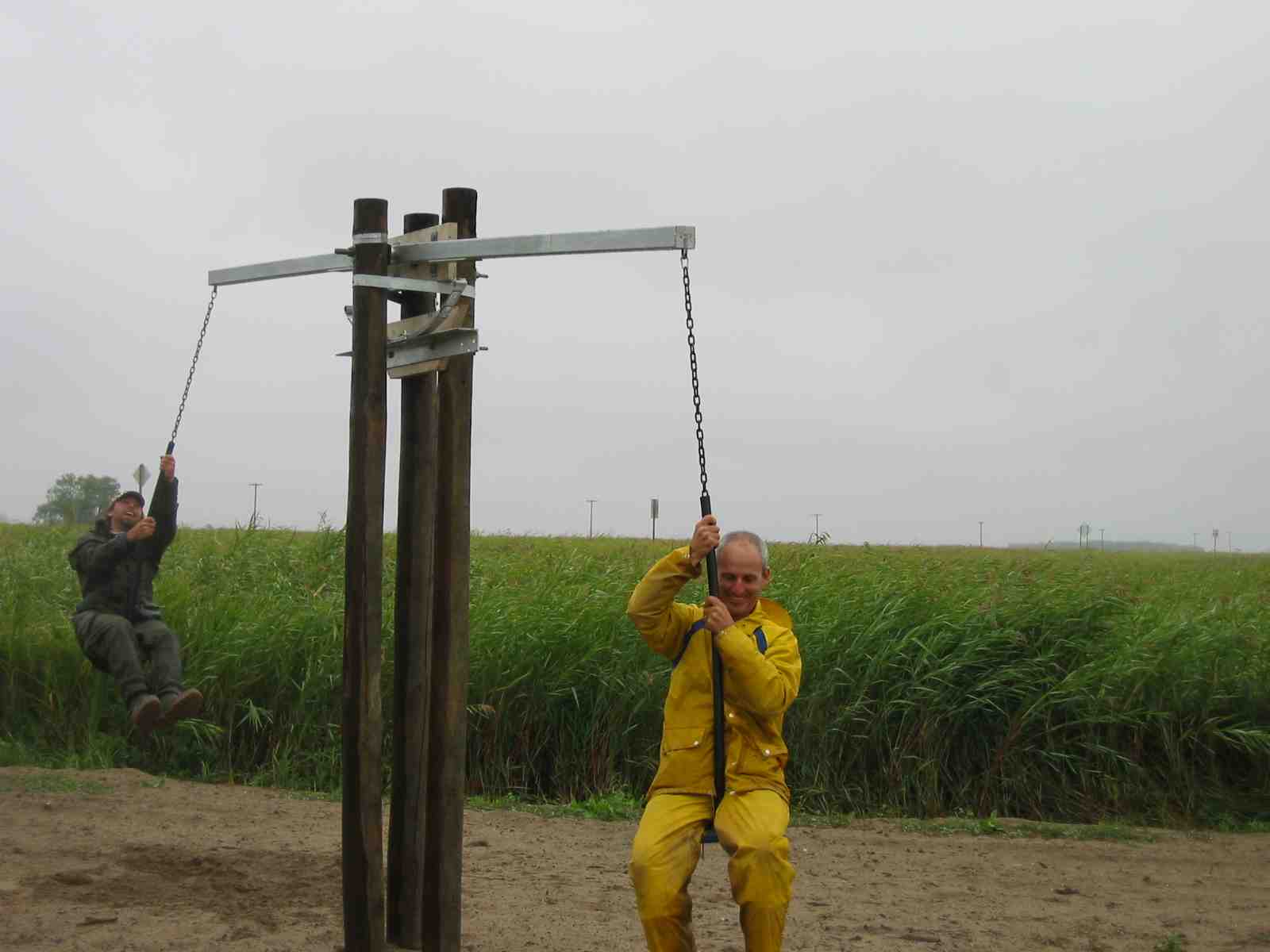Dean of Science &
Professor, Department of Biology / Ocean Science Centre
Memorial University of Newfoundland
email mabrahams@mun.ca

| Back to: MUN Mainpage, Dean of Science, Biology, Ocean Sciences Centre, Manitoba Biology |
| Mark Abrahams Dean of Science & Professor, Department of Biology / Ocean Science Centre Memorial University of Newfoundland email mabrahams@mun.ca |
 |
| Research |
People Publications |
| My
research program examines predator-prey interactions in aquatic
communities. I focus primarily on the characteristics of prey and their
environments. I moved to Memorial University in 2008 from the University of Manitoba. Many of the projects with which I am currently involved are being conducted by my students and collaborators in Manitoba. My work at Memorial uses local ecosystems and fauna to address the same research themes. |
 1. The impact of the
physical environment 1. The impact of the
physical environmentMuch of my research is conducted in relatively shallow, freshwater systems. These habitats experience tremendous fluctuations in the physical environment, particularly with respect to temperature, turbidity and dissolved oxygen. Laboratory experiments have demonstrated that there is considerable variation in the ability of predator and prey species to withstand different levels of dissolved oxygen. Earlier research in my lab has also shown that turbidity can alter the relative importance of different types of information used by fish in these ecosystems. This is of particular interest since there is considerable variation between species in their ability to use different sensory modalities. Experiments are also currently investigating the role of temperature and how if affects interactions between predators and their prey. |
 2. Lake Sturgeon 2. Lake SturgeonAn ongoing theme in my laboratory is to identify parameters that affect habitat quality. My work with lake sturgeon applies this goal to a conservation objective: determining the parameters that are important for the conservation of Lake Sturgeon. The work is a collaboration with Drs. Gary Anderson and Steve Peake (University of New Brunswick). Our objective is to identify the specific environmental features that are required for Lake Sturgeon to survive in the Assiniboine and Winnipeg Rivers. Research includes identification of diet preferences, substrate types, their interaction, and the potential effects of competitors and predators. |
 3. Population Models 3. Population ModelsUsing individual-based population models, my students and I seek to determine the potential population dynamics that are associated with individual characteristics such as physiology and behaviour. I am hoping that this approach will be an especially valuable tool for better understanding the population level consequences of genetic manipulations. |